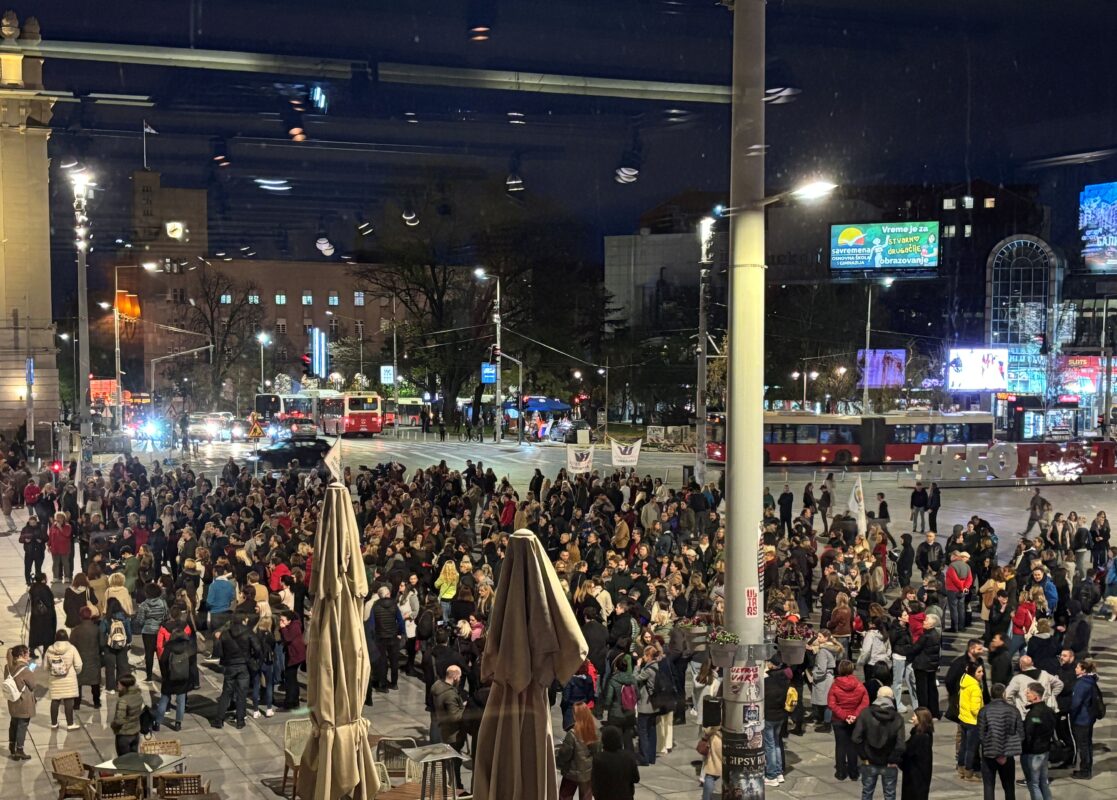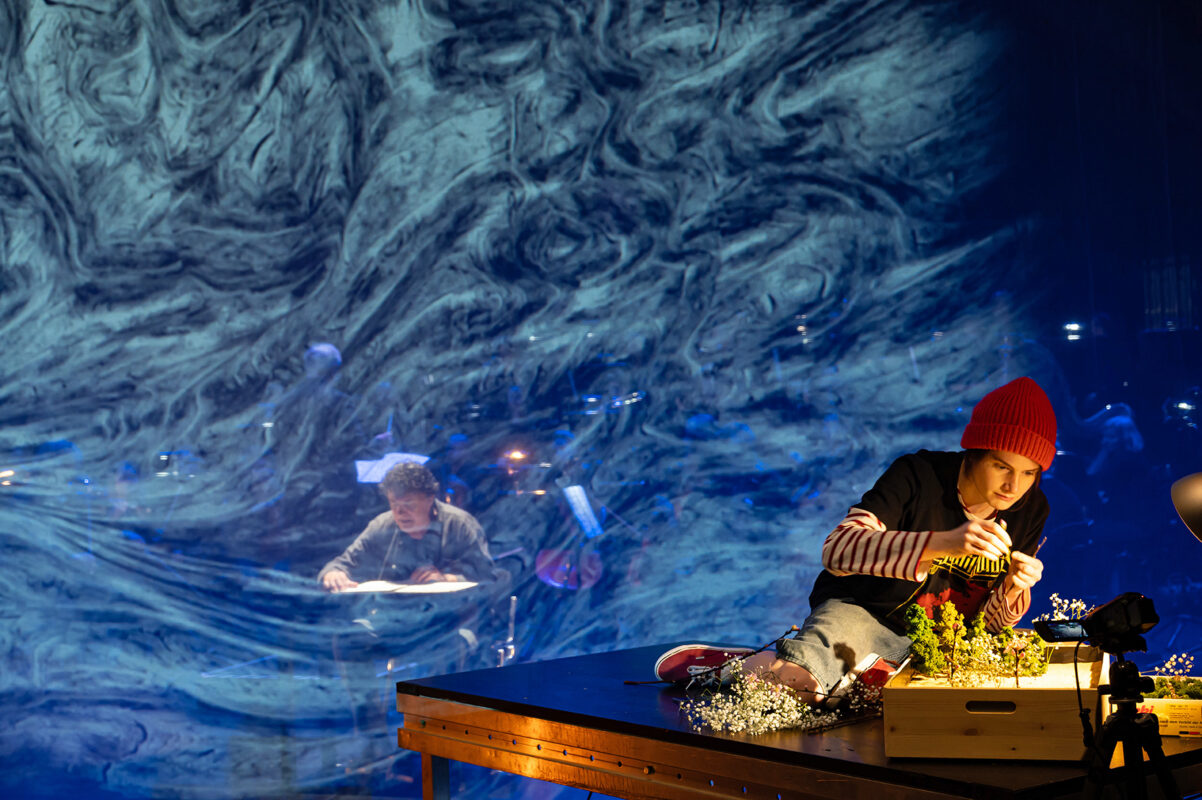I was attracted by the low register of the viola
In Dieter Ammann's viola concerto "no templates", the solo instrument sometimes disappears completely into the orchestral sound. The world premiere on January 22 with Nils Mönkemeyer and the Basel Symphony Orchestra thrilled the audience.

Ammann has been working on this concerto for four years, with interruptions, and has been commissioned by several renowned orchestras and festivals: the Basel Symphony Orchestra, the Munich Chamber Orchestra, the Lucerne Festival, the Tongyeong International Music Festival and the Esprit Orchestra in Toronto.
The orchestral writing is for the internationally sought-after Dieter Ammann his favorite playground. He knows how to explore the many colors and structural relationships with great imagination. He knows how to combine energetic dynamics and harmonies balanced down to microtonality with surprising dramaturgy.
After several successful orchestral works such as glow (2014-2016) and Turn (2010), Ammann ventured into the concertante genre. The traditionally heavy genre of the solo concerto suits his idea of virtuosity and the subtle probing of the solo instrument. It is also always about the battle between solo instrument and orchestra.
The piano concerto Gran Toccata (2016-2019) and the concerto movement for violin and chamber orchestra unbalanced instability (2012-2013) is now followed by the viola concerto no templates (no templates). For Ammann, composing has always been "a long journey into the open". Anything can happen at any time during the course of a piece. The only constant is the constant change "from smooth transition to rupture".
Struggling for the soloist position
The possibilities of the viola are radicalized in this concerto. The solo part moves mainly in the lower ranges, creating new colors. "There's something archaic about the low notes that I like," he says. The fact that he also concentrates on the lowest string is a great challenge as a soloist. "I'm attracted to the low register of the lowest string because this is the spectrum that I didn't have in my violin concerto and I really like hearing the viola down there."
But does the viola have any chance at all of being heard in the orchestral sound? Only now and then. Nils Mönkemeyer fought for his solo position over long stretches with rhythmic drive and virtuoso power. You could see it, but you could hardly hear it. Then the solo voice emerged, only to disappear again soon afterwards. The solo instrument conducted a multi-layered, varied dialog with the orchestra. This resulted in a dramaturgical inner tension, but the ear often sought the dark viola sound in vain.
The Basel Symphony Orchestra faced the soloist with a large orchestra and a rich percussion section. Ammann's finely networked, harmonically always "unstable" music demanded chamber music qualities from the performers. Under the confident direction of Fabien Gabelwho showed a great sense of tonal refinement, the Basel musicians succeeded in a precise and powerfully dynamic interpretation.
Play with fifths
The beginning is particularly original. The soloist begins with pizzicati on all four strings, as if he were tuning his instrument. First he plucks a C sharp on the C string, followed by the perfect fifth. This makes the two lowest strings seem out of tune at the beginning. Another diminished fifth is followed by two perfect fifths. This is how Ammann plays with fifths. He also suggests an "imaginary" fifth string. The composer develops the rest of the piece from the fifth at the beginning and thus ventures into an undisguised tonality. The interval plays an important structural role and appears both melodically and harmonically.
Ammann reflects the tempered tuning in certain chords. These "zones of tonality" are exposed to different states of (in)stability and confronted with very different tonal atmospheres. Microtonality, such as he used in the piano concerto with spectral harmonics, still occurs. This is subtly done and makes you sit up and take notice.
Lawsuit in a high position
Nils Mönkemeyer was only allowed to soar into the higher registers in two exceptional cases. He made truly magical moments out of them, once from the end of the cadenza (Cadenza II, into the open). It is a "citational lament" in which a Schubert song appears. With this lament, Ammann commemorates his composer friend Wolfgang Rihm, who recently passed away. This concert is dedicated to Rihm and Ammann's family.
Mönkemeyer lifts this passage into another sphere with heartfelt devotion and subtle tone. His spiritualized musicality is also revealed at the end of the concerto. The viola sound slowly rises, all on its own, with purely intoned harmonics up to the highest heights. It is beguiling - just like the beginning: a great idea. The audience was enraptured and gave everyone involved enthusiastic applause.









